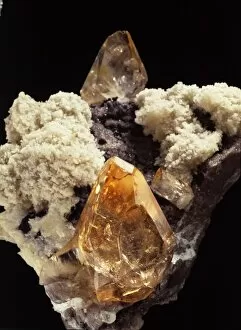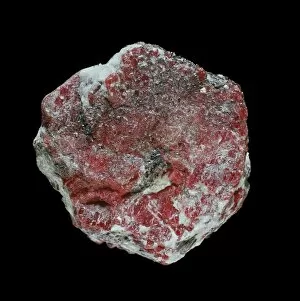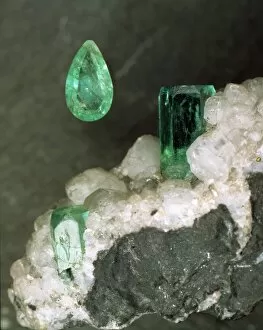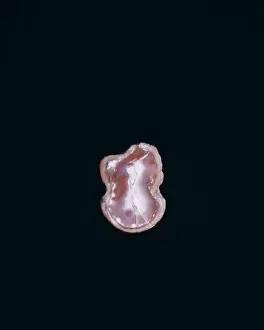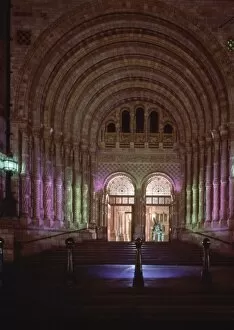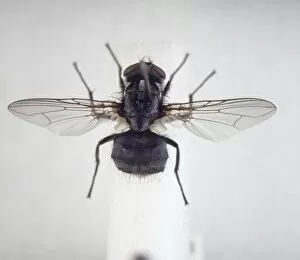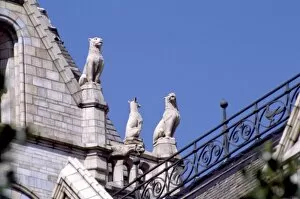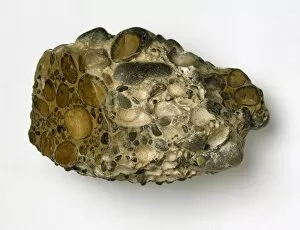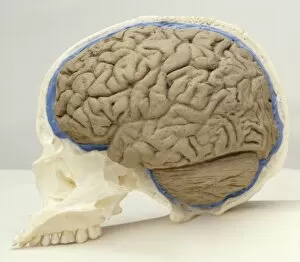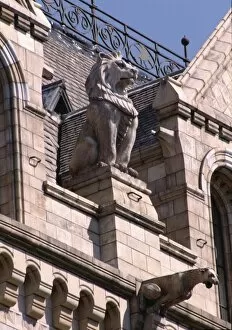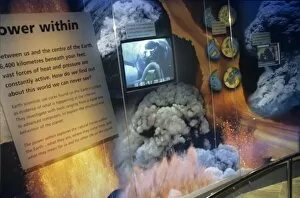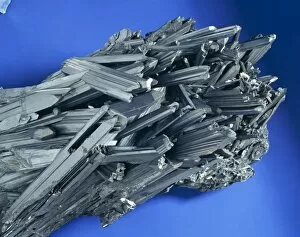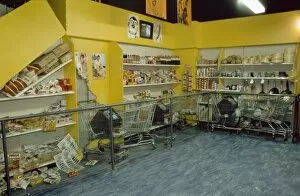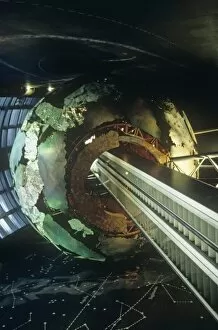The Natural History Museum Collection (page 17)
Step into a world of wonder and discovery at the Natural History Museum
All Professionally Made to Order for Quick Shipping
Step into a world of wonder and discovery at the Natural History Museum. From its fascinating exhibits to its rich history, this institution is a treasure trove for nature enthusiasts. In 1890, the Fish Gallery opened its doors, showcasing an array of aquatic wonders that mesmerized visitors. Dr Johannes Vogel's expertise in marine life brought these creatures to life, leaving spectators in awe of their beauty and diversity. Among the museum's prized possessions are the Coleoptera sp. Metallic beetles - shimmering jewels of the insect world. Their vibrant colors and intricate patterns captivate both scientists and art lovers alike. Imagine standing next to the towering skeleton of a Giant Ground Sloth; it's hard not to feel small in comparison. This incredible creature once roamed our planet, reminding us of Earth's ancient past. The Pavo cristalus peacock struts proudly through our halls, displaying its magnificent plumage for all to admire. Its vivid colors symbolize nature's ability to create breathtaking works of art. Enter the Reptile Gallery from November 1889 and be transported into a realm where snakes slither gracefully and lizards bask under artificial sunlight. Witness firsthand how these cold-blooded creatures adapt and thrive in their unique habitats. Marvel at Benitoite - a rare gemstone found only in California - as it sparkles with hues ranging from deep blue to violet under carefully placed lighting. Its allure lies not only in its beauty but also in its scarcity. An agate bowl sits elegantly on display, showcasing shades of grey and white that have been shaped by geological forces over millions of years. It serves as a reminder that even seemingly ordinary objects can hold extraordinary stories within them. The Geological Gallery takes you on an immersive journey through time itself; witness landscapes change before your eyes as continents shift and mountains rise. Explore rocks formed by volcanic eruptions or carved by flowing rivers – each telling tales etched in stone.

